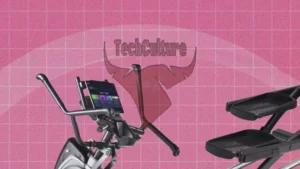In a fascinating discovery, scientists have observed wildflowers in the Paris region adapting to the decline in insect populations by resorting to self-fertilization. The phenomenon, referred to as the “”insect apocalypse,”” has been a growing concern among environmentalists and researchers worldwide. This newfound ability of wildflowers to pollinate themselves not only highlights their resilience and adaptability but also sheds light on the intricate relationship between plants and insects.
The study, conducted in a patch of farm meadow in the Paris region, revealed that the wildflowers, facing a significant decrease in insect activity, had to find alternative ways to ensure their reproduction. Self-fertilization, also known as self-pollination, occurs when a plant’s own pollen fertilizes its own ovules, bypassing the need for external pollen transfer. This remarkable adaptation allows the wildflowers to continue their reproductive cycle despite the diminishing insect populations.
While this discovery showcases the ingenuity of wildflowers, it also highlights the alarming consequences of the insect apocalypse. Insects, including bees, butterflies, and beetles, play a crucial role in pollinating plants, enabling them to reproduce and produce fruits and seeds. The decline in insect populations poses a significant threat to ecosystems and food security, as many crops rely on insect pollination. Understanding how wildflowers adapt to this crisis provides valuable insights into the potential impacts on plant diversity and ultimately the entire ecosystem.
This groundbreaking research emphasizes the urgent need for action to address the insect apocalypse. Protecting and restoring insect habitats, reducing pesticide use, and promoting sustainable agricultural practices are essential steps to mitigate the decline of insect populations. By safeguarding these vital pollinators, we can not only preserve the intricate relationship between plants and insects but also ensure the long-term survival of our ecosystems and food production systems.
The observation of wildflowers adapting to the insect apocalypse by resorting to self-fertilization is a significant scientific finding. It highlights the resilience and adaptability of these plants in the face of environmental challenges. However, it also underscores the urgent need for global action to address the decline in insect populations and protect our ecosystems. By prioritizing the preservation of insect habitats and implementing sustainable practices, we can work towards a more sustainable future for both plants and
Read more at Futurism“





